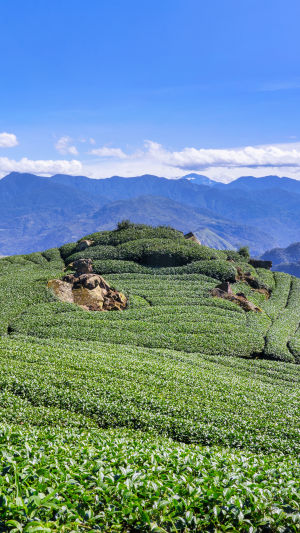Ceylon black tea, also known as Sri Lankan black tea, is renowned for its exceptional quality and is produced in Sri Lanka, formerly known as Ceylon.
Sri Lanka holds a prominent position in the global tea market, with its black tea exports making a significant impact.
Ceylon black tea boasts a vibrant red color and a robust, aromatic flavor profile. It is known for its full-bodied taste and distinct fruity aroma, often accompanied by hints of citrus or honey. These distinctive characteristics are influenced by Sri Lanka's climate, soil conditions, and tea varieties.
The tea industry in Sri Lanka is primarily concentrated in the central and western mountainous regions, benefiting from high altitudes and a rainy climate, which create optimal conditions for tea tree cultivation.
Following the careful plucking of tea leaves, they undergo processes such as fermentation, rolling, oxidation, and roasting to produce exquisite Ceylon black tea.
Ceylon black tea can be enjoyed on its own or used as a base for creating delightful beverages such as milk tea and English tea. Its popularity spans across the global tea market, winning the hearts of tea enthusiasts worldwide.
When purchasing Ceylon black tea, it is worthwhile to consider both the tea grade and production region. Sri Lankan black tea is categorized into different grades, including premium, special grade, and broken tea.
Furthermore, the production region also plays a role in shaping the flavor profiles of Ceylon black tea. For instance, black teas from regions like Nuwara Eliya, Udapussellawa, and Dimbula exhibit distinct flavor profiles.
Ceylon black tea stands as a notable representative of Sri Lanka's tea industry, celebrated for its rich taste, captivating aroma, and superior quality. It remains a favored choice among tea enthusiasts, whether enjoyed in its pure form or incorporated into various tea-based beverages.
Tea pickers assume a pivotal role within Sri Lanka's tea industry, contributing significantly to its global reputation and export volumes.
These tea pickers, primarily women, work as laborers in Sri Lankan tea gardens, responsible for handpicking tea leaves.
Sri Lanka's tea cultivation is predominantly concentrated in high-altitude regions, leveraging the favorable climate and soil conditions for tea tree growth.
These tea-picking women undergo specialized training, acquiring the skills necessary for precise tea plucking. They navigate the tea gardens with precision, selectively handpicking the tender top two leaves and an unopened bud, considered the highest quality portions.
Typically, tea pickers employ manual tools such as scissors or their fingers to delicately harvest the tea leaves.
The role of a tea picker demands patience and expertise to ensure the selection of only the finest leaves without harming the rest of the tea plant.
These diligent individuals spend extended hours working in the tea gardens, occasionally traversing rugged terrain, necessitating good health and physical stamina.
After being harvested, the tea leaves are passed on to workers who oversee the initial processing stages, including rolling, fermenting, and roasting, ultimately resulting in the production of tea leaves. These leaves serve as the foundation for various tea types, including black tea, green tea, and oolong tea.
Sri Lankan tea pickers play a vital role within the tea industry, as their tireless efforts contribute to the exceptional quality of Sri Lankan tea.
Their work not only drives the local economy but also provides people worldwide with the pleasure of enjoying exquisite tea varieties that are cherished globally.





